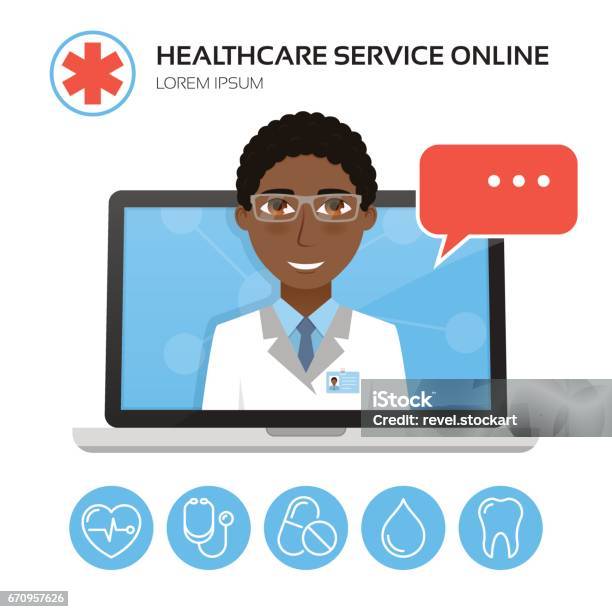How Subscription Based Healthcare is Revolutionizing Patient Accessibility to Services
Recognizing the Cost-Effectiveness of Subscription-Based Health Care Versions
As the medical care landscape advances, subscription-based models become an engaging choice, guaranteeing to redefine how individuals manage clinical expenses. Examining these versions' cost-effectiveness necessitates a nuanced comparison with standard insurance coverage, taking into consideration both financial effects and patient fulfillment. While they supply transparency and predictability in prices, concerns stay regarding their ability to fulfill diverse health care requirements, especially for specialized therapies. The viewpoints of doctor further complicate this formula, presenting a diverse difficulty. What does the future hold for these models, and can they really deliver on their assurance of accessible, inexpensive treatment?
Introduction of Subscription-Based Models
Subscription-based medical care models, often referred to as direct medical care or attendant medication, are significantly obtaining focus as a potential service to inefficiencies within standard healthcare systems. These versions operate the principle of offering patients straight accessibility to health care carriers with a annual or month-to-month cost, bypassing the requirement for traditional insurance mechanisms. This setup intends to improve patient-provider interactions by decreasing administrative problems, which usually impede prompt and personalized care.
At the core of subscription-based versions is the focus on a more tailored patient experience. Individuals gain from boosted access to their physicians, frequently including same-day or next-day appointments, extended consultation times, and straight communication networks such as phone or video calls. This model cultivates an aggressive method to medical care, where clients and service providers can collaboratively focus on preventative treatment and chronic condition management.

Cost Contrast With Conventional Insurance Coverage

Among the primary economic advantages of subscription versions is transparency in expenses. People pay a foreseeable charge, which can streamline budgeting and economic preparation. In addition, these models normally eliminate co-pays and deductibles for covered solutions, minimizing out-of-pocket costs. On the other hand, conventional insurance may be much more useful for people needing specialized treatment or expensive therapies not covered under a registration version, as they gain from the more comprehensive protection network and cost-sharing systems.
Nonetheless, cost-effectiveness is context-dependent. While membership versions may supply savings for those largely needing health care, individuals with persistent conditions or specialized health care requirements could find traditional insurance coverage a lot more detailed. Evaluating specific health care needs and prospective use is crucial in establishing the most affordable option for people.
Impact on Individual Complete Satisfaction
Client complete satisfaction within subscription-based health care versions typically reflects a considerable renovation over standard insurance coverage systems. Unlike typical systems, where individuals could experience delays in obtaining care, subscription-based models ensure more timely and straight communications with healthcare service providers.
Furthermore, the openness in expenses related to subscription-based medical care reduces the common irritations connected to unforeseen costs and complicated payment processes seen in conventional insurance (subscription based healthcare). Individuals value knowing the specific financial commitment upfront, bring about increased depend on and confidence in their health care administration
Furthermore, the focus on precautionary treatment and wellness in subscription designs adds to enhanced wellness results, further improving client contentment. By concentrating on recurring health upkeep instead of anecdotal treatment, clients experience a more all check this natural and continuous healthcare journey.
In addition, the enhanced provider-patient relationship promoted in these models, defined by more time spent per person and customized attention, plays a vital role in boosting individual contentment degrees, as clients really feel truly cared for and comprehended.
Provider Experiences and point of views
From the copyright's perspective, subscription-based healthcare models supply a transformative method to providing clinical services. These versions emphasize a proactive and preventative health care approach, enabling suppliers to concentrate on look at here now extensive individual treatment without the restrictions of standard fee-for-service plans (subscription based healthcare). This shift in emphasis usually causes boosted patient outcomes and boosted company satisfaction, as medical care specialists can allot more time and resources to client engagement and personalized treatment strategies
Additionally, membership models assist in predictable revenue streams, which boost economic stability for doctor. This predictability permits for enhanced resource preparation and allowance, adding to a much more effective healthcare delivery system. Providers can purchase personnel training, modern technology, and facilities renovations, thus enhancing the top quality of treatment offered.
Nevertheless, the shift to subscription-based versions is not without challenges. Regardless of these difficulties, lots of companies locate that the benefits of raised individual interaction and streamlined operations outweigh the first difficulties, making subscription-based designs an eye-catching alternative.
Future Prospects and Difficulties
A main challenge is regulative compliance, as membership designs should comply with developing health care policies and insurance coverage demands. This necessitates constant adjustment and advancement to make certain positioning with legal standards. Additionally, integrating these models right into existing healthcare infrastructures can be complex, requiring significant financial investments in technology and navigate to this site training.
There is also the potential danger of producing injustices in health care access, as registration designs may favor those who can afford them, leaving susceptible populaces underserved. Addressing this calls for thoughtful consideration of pricing approaches and aid systems to ensure inclusivity.
Verdict
Subscription-based medical care designs present a practical option to traditional insurance coverage by using monetary predictability and openness, specifically profiting individuals with chronic conditions or regular medical care demands. The cost-effectiveness of these versions is contingent upon individual healthcare usage patterns and situations.
Subscription-based medical care designs, often referred to as direct main care or attendant medication, are progressively acquiring attention as a possible remedy to inadequacies within standard medical care systems. Unlike typical systems, where people might experience hold-ups in obtaining treatment, subscription-based versions guarantee more prompt and direct interactions with healthcare providers.
These versions emphasize a proactive and preventative healthcare strategy, enabling service providers to focus on detailed individual care without the restrictions of standard fee-for-service arrangements. As these versions proceed to get grip, they provide the prospective to reinvent person accessibility to care, enhance solution distribution, and optimize health care costs.Subscription-based medical care designs offer a sensible option to typical insurance policy by using financial predictability and transparency, particularly profiting people with chronic problems or constant healthcare demands.